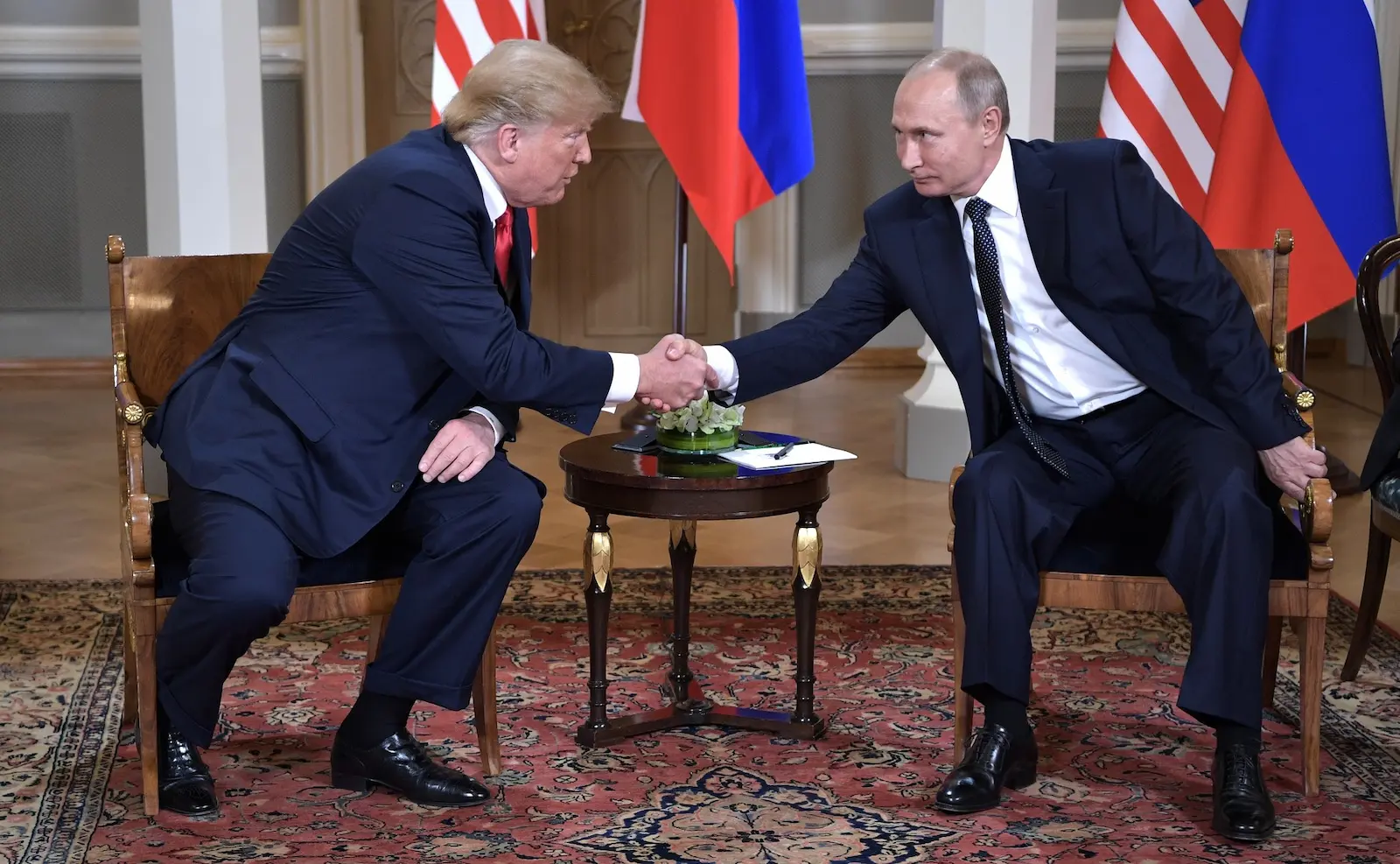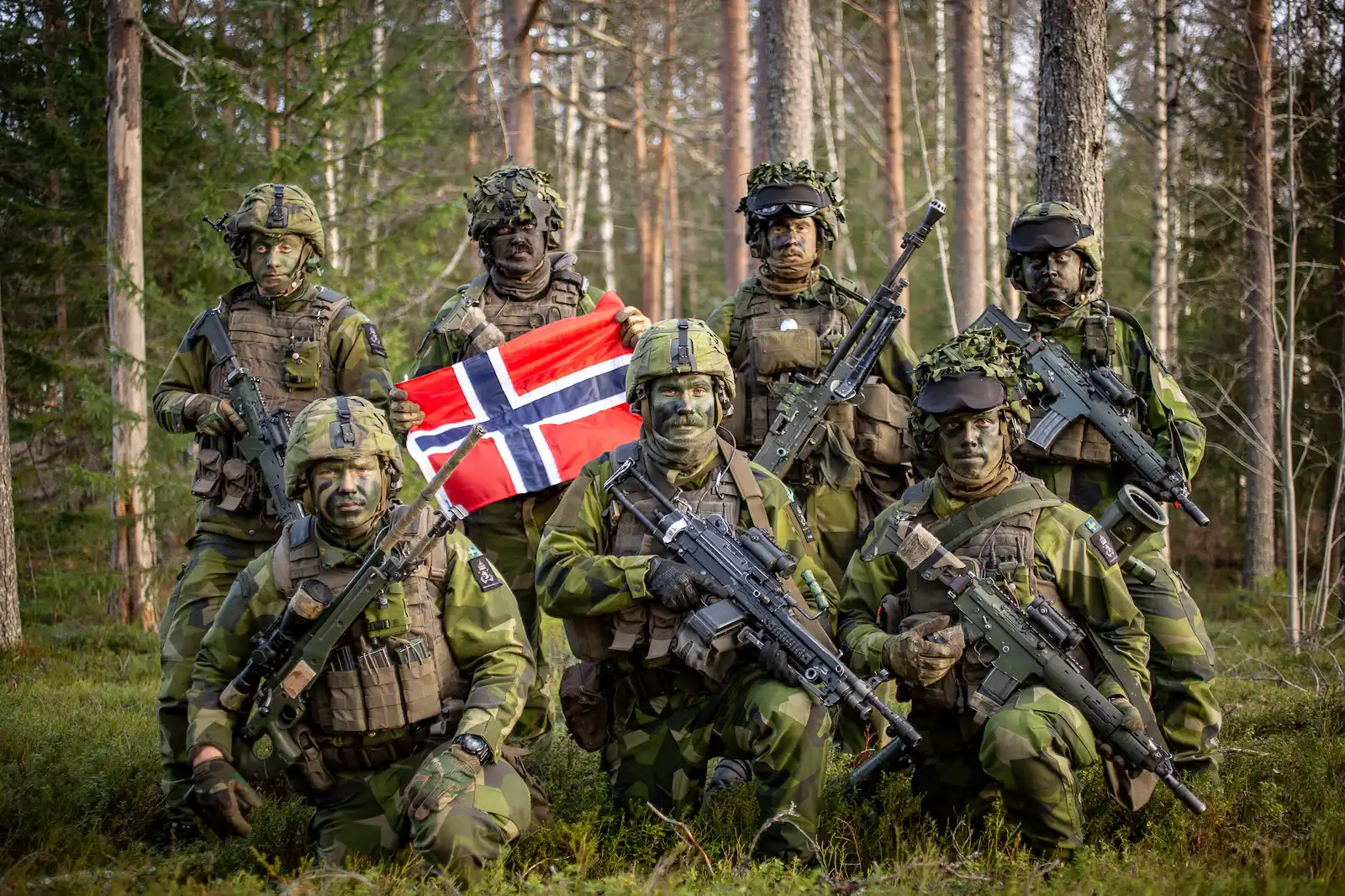What Stalin’s dacha and Mao’s home village have in common.
Last week it became known that the Lipki Alekseevskaya mansion near Moscow, better known as Stalin’s dacha, was put up for auction. By the end of the year, the state-owned company Dom.rf plans to hold an auction among those wishing to purchase the property.
It is located in the most picturesque place, not far from the village of Veshki, Mytishchi district, Moscow region. There is a forest all around, a view of Devkin brook. The area of the land plot is impressive — almost 39 hectares. And the total area of all buildings is 4 thousand square meters. According to preliminary estimates, the main building of the mansion may cost about 500 million rubles, the land — over a billion rubles.
But «Object 260», as the mansion was called in Soviet documents, also has historical value. Here from 1932 to 1934 lived the head of the Soviet state Joseph Stalin and his family. According to some historians, it was here, not in the Kremlin (according to the official version), where Stalin’s wife Nadezhda Alliluyeva died.
Today, Stalin’s dacha is in disrepair. Buildings without repair decrepit, despite the existing security, the interior is partially looted. The state structures decided to get rid of the unnecessary object and sell it.
It is unlikely that the new owner will see the acquisition as primarily of historical value. Most likely, the land near Moscow will be acquired to create another modern real estate object. Although, for example, Stalin’s dacha in Sochi is one of the most visited tourist places in the city and its surroundings. And given the fact that the so-called “near” Stalin’s dacha in the Volynsky forest of Moscow is a strictly protected object of the Federal Security Service and the entrance there is strictly forbidden, the Lipki Alekseevskaya mansion could become a center of attraction for tourists and a place of rest for the citizens of Moscow. In addition, the capital does not have a museum of Stalin, the man who led the country that won the Great Patriotic War. No matter how one treats this man, he left a huge mark in national and world history and was a handshake leader for the heads of the world’s major powers, including the United States and Great Britain.
On the other hand, not so long ago it was decided to open a branch of the Yeltsin Center in Moscow. The Dolgorukov-Bobrinsky mansion in the very center of the capital, on Malaya Nikitskaya Street, was given to it on a free 49-year lease. The branch will be located there after the restoration of the building, for which 1.5 billion rubles will be allocated from the budget. Much more substantial sums are being spent on the Yeltsin Center itself. According to the Ravenstvo channel, its maintenance costs from 2010 to 2022 amounted to 19.7 billion rubles. In 2022, 708 million rubles were spent, including 368 million rubles (52%) from the budget. Another 190 million rubles was given by Nornickel (Vladimir Potanin has a 37% stake), 105 million was allocated by Yeltsin’s son-in-law Valentin Yumashev, and 86 million by the Yeltsin Foundation (managed by his daughter and son-in-law, as well as Mr. Voloshin and Mr. Chubais). In 2023, 372 million rubles will be allocated from the budget, and in 2024–377 million rubles. Meanwhile, the Yeltsin Center is not particularly popular with visitors. According to the data of the center itself, on average about 250 thousand people visit it annually.
About the same number of people come to the Vladimir Ulyanov-Lenin Museum in Ulyanovsk. But Lenin’s Mausoleum in Moscow is almost the most popular tourist attraction in the capital, with about half a million people visiting it every year. Despite this, there are regular calls to “take the leader’s body out” and bury it far away. And rowdy citizens, susceptible to propaganda, are trying to destroy the site. In July this year, Konstantin Stachukov, a native of Chita, tried to set fire to the Mausoleum by throwing a bottle with incendiary liquid. The memorial structure was not damaged, the arsonist was captured by the police and arrested. And this is his second attempt to get even with the leader of the world proletariat and an outstanding leader of the state, who managed to protect the country from foreign invaders and create the USSR. By the way, Lenin is the world champion in Internet queries, and no matter how one treats him, this is also an integral part of our heritage. To be fair, there is a museum-reserve called «Gorki Leninskie» in the Moscow region. And despite the fact that there is a creative approach to museum work there and most of the events have nothing to do with the leader, many tourists, including foreign ones, come there.
Assessing these facts, we can conclude that the struggle with our own history is not subsiding. In this regard, the experience of China would be very instructive. There, the founder of the People’s Republic of China, Mao Zedong, is treated with great respect, even though this man brought incalculable suffering to the Chinese people. His experiments such as the «Great Leap Forward» and the «Cultural Revolution», during which hundreds of thousands of people died and the economy was undermined, are worth a lot. And yet, the Chinese consider him a great leader who has entered the pantheon of the country’s leaders. On this occasion, the Communist Party of China adopted a special document — the final verdict, in which Mao’s activities are 70 percent positively and only 30 percent negatively assessed. The controversy around this historical figure is over. No one in China would think of demolishing Mao’s mausoleum in Beijing’s central Tiananmen Square. Mao’s monuments continue to stand all over the country. And the birthplace of the “great helmsman” — Shaoshan village — has become a place of pilgrimage for hundreds and hundreds of thousands of Chinese, as well as foreigners. In addition to museums, hotels and tourist facilities, there is an open-air theater built with a real Chinese scale. After sunset a colorful show called «Mao Zedong appeared in China» unfolds in it. The area of the theater is so large that it has been listed in the Guinness Book of Records as the largest in the world. The directors of the performance skillfully use the natural landscape, light and 3D projections, multimedia technology and complex stage design. The audience together with the young Mao pass the difficult path of his life — organize a strike of miners, organize uprisings in the south of China, wage civil war, fight with Japanese militarists…
Mao is almost the best-selling brand, hats, T-shirts with his image are bought by millions, as well as quotations from his speeches.
Mao is, of course, a prominent historical figure, but the Chinese treat other characters of their past with equal reverence. Historical relics are carefully preserved, regardless of period or ideological orientation. And the Chinese are justifiably proud of their entire five-thousand-year history. An example is the grandiose memorial and archaeological complex of one of China’s most brutal emperors, Qin Shi Huang near the ancient capital of Xi’an. There are few people left in China who have not visited it. And despite the huge costs of ongoing archaeological excavations and current spending, the complex pays for itself. The Chinese say: yes, Emperor Qin was tough, but he created a united China, united it with hieroglyphic writing, and besides, he did a lot of good for the country. And in general, our great history, our traditions, which strengthened the nation, protected the country during the period of foreign invasions, did not allow it to disintegrate under the onslaught of conquerors and feuds.
In China, this approach to history is believed to unite society and promote economic prosperity. Although, if you put Mao, Lenin, Stalin and Yeltsin in the same row, it remains to be seen which of them was the most brutal. But such is the fate of great historical figures in the twentieth and earlier centuries. They did not act out of humanistic considerations. They were historical figures. Fighting them is like fighting your own history.





